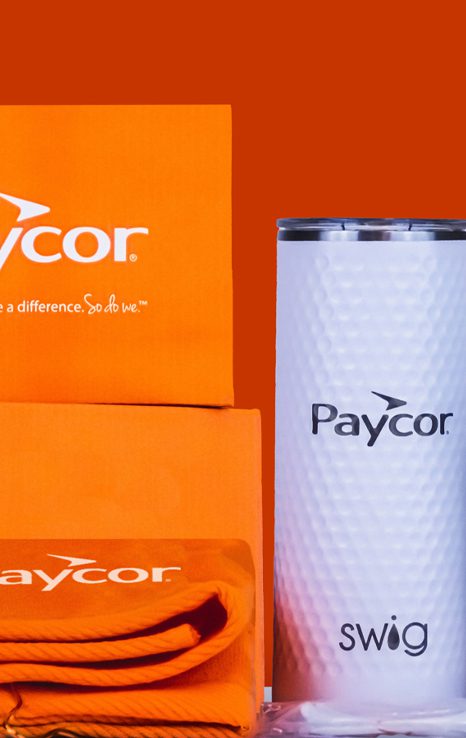Why the Rule of Three Matters in Branding
Many brands overlook a simple yet powerful technique—the Rule of Three. Our brains naturally process and remember information better when it’s grouped in threes. This is why the most successful brands apply this principle across messaging, storytelling, visual identity, and marketing campaigns. In this post, we’ll explore how the Rule of Three enhances branding, the psychology behind its effectiveness, and how to apply it to your strategy.
Understanding the Rule of Three in Branding
The Rule of Three suggests that grouping ideas in threes makes them more engaging and memorable. Brands use this principle in various ways to strengthen identity and communication. Here’s how:
- Visuals and Design: Using three colors in a logo or design creates balance and strengthens brand recognition. For example, McDonald’s (red, yellow, white), Coca-Cola (red, black, white), BMW (blue, black, and silver), and FedEx (purple, orange, white) use triadic color schemes to build a strong, memorable identity. Visually, Adidas leverages three stripes while McDonald’s has three yellow “aprons” to form their iconic golden arches.
- Messaging and Communication: Structuring messages around three key points makes information easier to digest. Whether highlighting three benefits of a product or organizing content in a three-part structure (introduction, body, conclusion), this approach boosts clarity and retention.
- Brand Storytelling: Narratives often follow a three-act structure: setup, conflict, and resolution. This format keeps audiences engaged and makes the story more memorable.
- Slogans and Taglines: Three-word slogans are concise and easy to recall. Iconic examples include, “Just Do It” (Nike), “I’m Lovin’ It” (McDonald’s), “Taste the Feeling” (Coca-Cola), and “Let’s Go Places” (Toyota). These succinct phrases capture the essence of the brand and resonate with audiences.
The Psychology Behind the Rule of Three
The Rule of Three’s effectiveness is rooted in cognitive science. Humans are naturally inclined to seek patterns, and three is the smallest number that forms a distinct, recognizable pattern. Studies show that we process and remember information more easily when it’s grouped in threes because it provides balance, simplicity, and completeness (Sookio). This is why many stories follow a three-act structure. When applied to branding, the Rule of Three strengthens brand perception and boosts audience recall.
The effectiveness of the Rule of Three is deeply rooted in human psychology:
- Pattern Recognition: Humans are wired to seek patterns for survival. Three is the smallest number that creates a distinguishable pattern, making it easier for our brains to process and remember information presented in threes. (Gigasavvy)
- Cognitive Ease: Presenting information in groups of three reduces mental effort, making content more accessible and less overwhelming. This simplicity leads to a more satisfying experience for the audience. (Home Services Design)
- Enhanced Recall: Information presented in threes is more likely to be retained. This explains why proverbs, slogans, and stories are often structured around three elements, enhancing memorability. (Wikipedia, The Free Encyclopedia)
Bringing It All Together: Why the Rule of Three Matters
The Rule of Three helps brands create messaging that resonates, designs that captivate, and campaigns that engage. Whether you’re crafting a slogan, designing a logo, or structuring a campaign, applying this principle ensures your brand isn’t just seen—but remembered.
Here’s how you can leverage the Rule of Three in your branding:
- Memorability: Structuring slogans, taglines, key messages, or visual elements in threes helps create a memorable and impactful brand identity.
- Engagement: The natural pattern of the Rule of Three makes information more engaging and easier to process, leading to a lasting, positive impression on your audience.
- Impact: From three-word slogans to a three-part brand story or a design featuring three key elements, the Rule of Three can significantly enhance your brand’s overall impact.
By integrating these strategies, you can elevate your brand’s presence, making it more memorable and impactful in the minds of your audience. Want to see the Rule of Three in action? Watch the video below from MarketCrafted to dive deeper into how this powerful principle enhances branding.
Sources: Works Cited
- “What Is the Rule of 3 in Marketing?” Mock the Agency,
https://mocktheagency.com/content/what-is-the-rule-of-3-in-marketing/. - “How to Use the Rule of Three to Create Better Marketing Content.” Gigasavvy,
https://www.gigasavvy.com/how-to-use-the-rule-of-three-to-create-better-marketing-content/. - “What Is the Rule of Three in Content Writing?” Sookio,
https://www.sookio.com/blog/what-is-the-rule-of-three-in-content-writing. - “Design Theory: The Rule of Three.” Design Shack,
https://designshack.net/articles/graphics/design-theory-the-rule-of-three/. - “Terrific Trios: The Power of Three Characters & The Rule of Threes.” ScriptMag,
https://scriptmag.com/breaking-entering-barri-evins/breaking-entering-terrific-trios-the-power-of-three-characters-the-rule-of-threes-part-2. - “Breaking & Entering: Create Story Magic With The Rule of Threes,” ScriptMag,
https://scriptmag.com/breaking-entering-barri-evins/breaking-entering-create-story-magic-with-the-rule-of-threes - “The Rule of Three,” Prime Pulse Inc.,
https://www.facebook.com/reel/9067948709961268 - “Unlock the Power of the Rule of Three,” Finance Advisor
https://www.youtube.com/shorts/7iR-le_9bP0 - “Why 3 Colors Are Essential for Every Brand (Top 7 Brands’ Secrets),” ofspace – Design Agency,
https://www.ofspace.co/blog/how-many-colors-for-an-effective-brand - “Everything You Need To Know About Triadic Colors,” Interaction Design Foundation,
https://www.interaction-design.org/literature/article/triadic-color-scheme




































